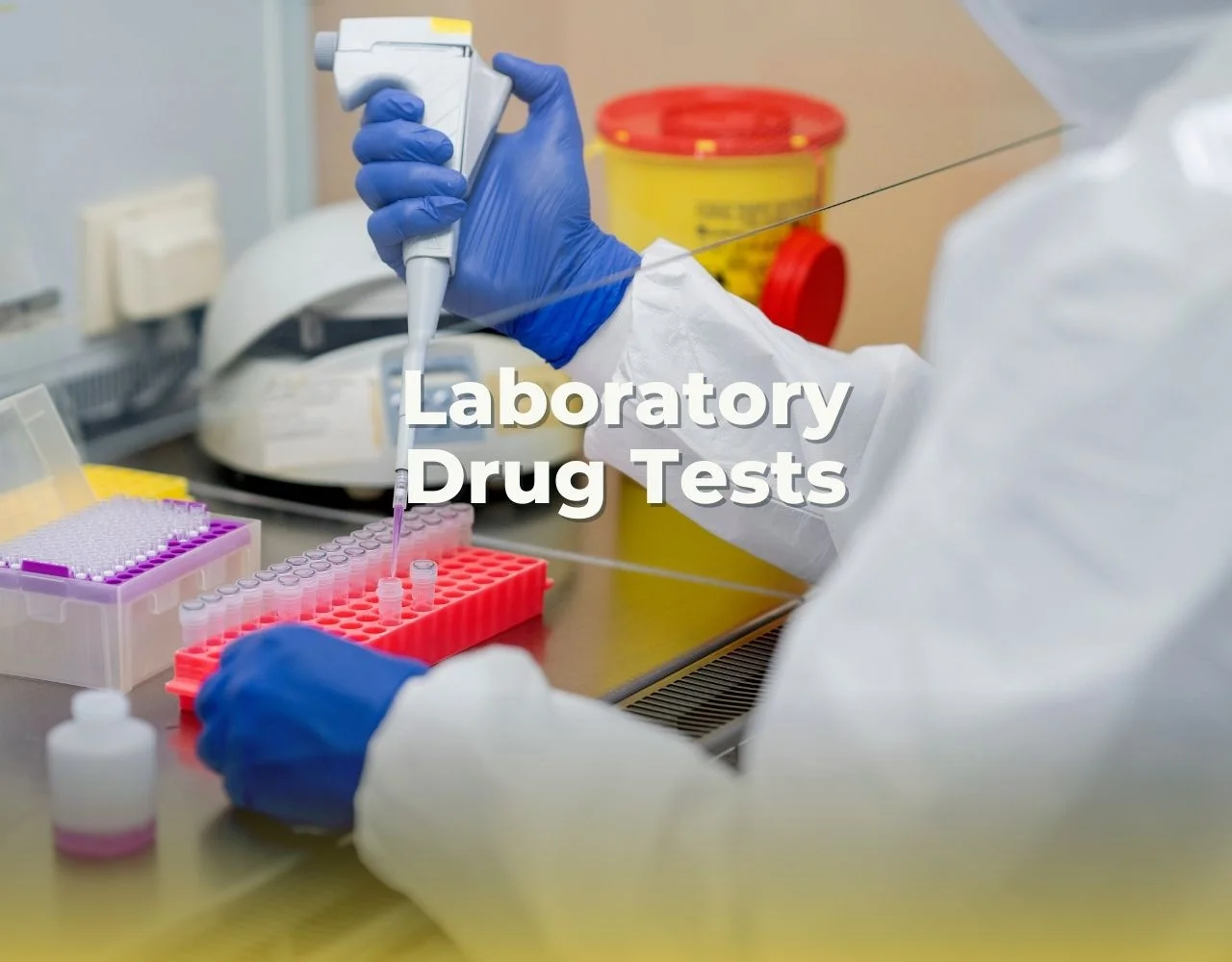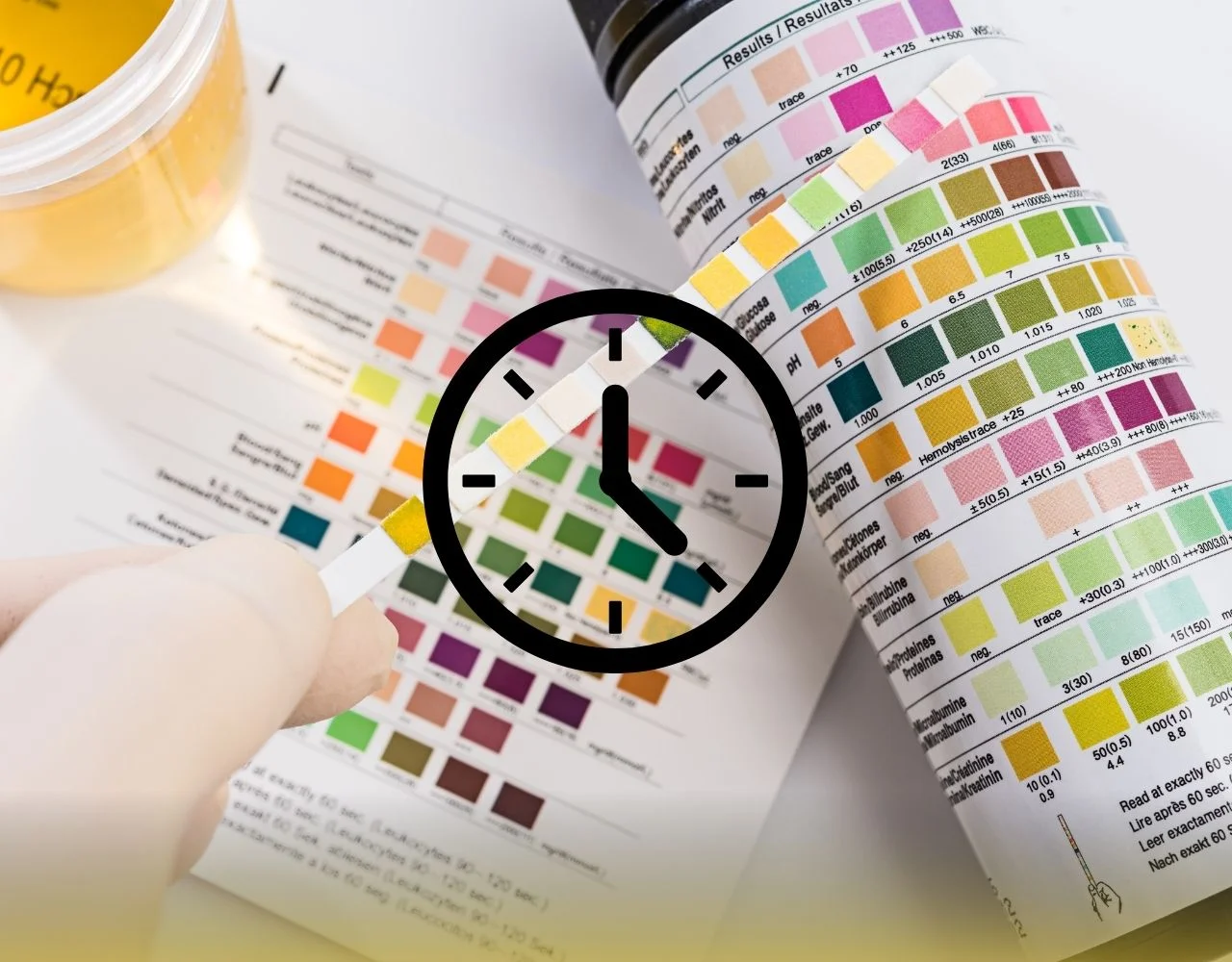

Drug testing is an important part of many organizations, and employers must choose between two primary methods: lab-based and rapid drug . According to a recent study by the Substance Abuse and Mental Health Services Administration (SAMHSA), the vast majority of drug tests are conducted using urine samples (88.9%). But how do the accuracy and reliability of lab-based and instant tests compare? And what about the cost and turnaround time?
Read: Why Choose a SAMHSA-Certified Lab?
Laboratory drug tests, often referred to as confirmatory tests, are typically conducted in certified laboratories using sophisticated techniques like Gas Chromatography-Mass Spectrometry (GC-MS) or High-Performance Liquid Chromatography (HPLC). These methods involve a series of steps including sample collection, preparation, separation, detection, and data analysis.

Rapid drug tests, also known as point-of-care tests, use immunoassay techniques to provide quick results. These tests typically involve the use of test strips or kits that change color in the presence of specific drugs. They are designed for ease of use and require minimal training.
Lab-based tests usually require a urine, hair, or blood sample, which is then sent to a laboratory for analysis. On the other hand, instant tests are done on-site and typically use a saliva or urine sample.
While rapid tests are generally accurate, they are less precise compared to laboratory tests. They have higher rates of false positives and false negatives. In such cases, confirmatory lab testing is recommended. Rapid tests may not detect very low levels of drugs and are limited in their ability to distinguish between different substances. They are often designed to detect common drugs of abuse such as marijuana, cocaine, opiates, amphetamines, and benzodiazepine.
Read: How to interpret drug test results?
Rapid tests provide results within minutes, making them suitable for on-the-spot testing situations where immediate results are necessary, while laboratory tests require anywhere from a few days to a week for result analysis.

Lab tests are generally more sensitive and can detect drug use over a longer period (up to 90 days) than instant testing, which may only detect drug use within the past few days.
Suggested: What are the Standard Cut-Off Levels of Drug Tests?
Rapid drug screen tests are generally less expensive than lab-based tests and are often used in settings where budget constraints are a consideration, which require laboratory analysis and may also incur additional costs for sample collection and transportation.
Click to see the lowest and most reliable drug test pricing.
Lab tests especially SAMHSA-certified lab tests, may be required by federal laws or regulations for safety-sensitive workplaces as those mandated by the Department of Transportation for CDL drivers, while rapid testing may not be legally admissible in certain situations yet depend solely upon employer’s drug testing policy.
Maintaining a strict chain of custody is crucial for the legal admissibility of drug test results. Lab-based tests often have more strong chain of custody procedures in place.
The best drug testing solution depends on your specific needs and circumstances. For example: